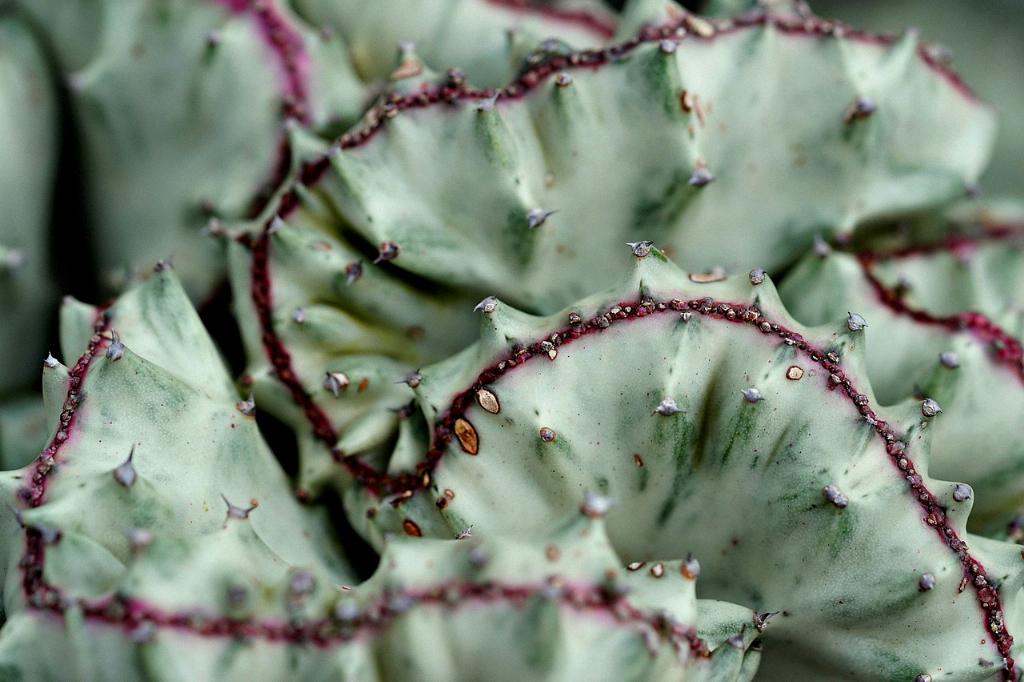If you’ve been wondering whether succulent soil is suitable for your beloved snake plant, you’re not alone. Snake plants, also known as Sansevieria, are hardy indoor plants that can thrive in a variety of conditions. One crucial factor in their care is the type of soil you use, as it directly impacts their growth and health.
Understanding the Needs of Snake Plants
Snake plants require well-draining soil to prevent waterlogged conditions that can lead to root rot. They are known for their ability to survive in low-light environments and are relatively low-maintenance, making them popular choices for indoor spaces. However, when it comes to soil, they do have specific requirements.
The Benefits of Succulent Soil
One option that many snake plant owners swear by is using a succulent soil mix for their plants. Succulent soil is typically a mix of regular potting soil, sand, and perlite, creating a well-draining blend that mimics the arid conditions that succulents thrive in. This mix allows excess water to flow through, preventing the roots from sitting in soggy soil.
Enhancing Soil Aeration and Drainage
The main advantage of using succulent soil for your snake plant is the enhanced aeration and drainage it provides. The porous nature of the mix allows air to circulate around the roots, promoting healthy growth. It also ensures that water moves through the soil quickly, reducing the risk of overwatering and root rot.
Adding Organic Compost for Nutrient Boost
While succulent soil is excellent for aeration and drainage, it may lack nutrients essential for the long-term health of your snake plant. To address this, consider adding organic compost to the soil mix. Compost is rich in organic matter and nutrients that can help nourish the plant and support robust growth.
Creating the Perfect Soil Mix
For snake plants, a blend of succulent soil and organic compost can be an ideal combination. Aim for a mix that provides the well-draining properties of succulent soil while offering the nutrient boost of compost. This balance can help your snake plant thrive and remain healthy over time.
Ensuring Proper Soil Moisture Levels
While using succulent soil can help prevent waterlogging, it’s crucial to monitor your watering habits to ensure the soil moisture levels are appropriate for your snake plant. Allow the soil to dry out partially between waterings, as snake plants prefer slightly drier conditions.
Repotting Your Snake Plant
If you decide to repot your snake plant using a succulent soil mix, make sure to choose a pot with adequate drainage holes. Repotting can be a great opportunity to refresh the soil and give your plant a nutrient boost. Carefully loosen the roots when repotting to encourage healthy growth.
Maintaining a Healthy Environment
In addition to using the right soil mix, ensure your snake plant is placed in a suitable environment. Position it in indirect sunlight, as too much direct sunlight can scorch the leaves. Maintain consistent indoor temperatures and avoid cold drafts that can harm your plant.
Monitoring Growth and Health
Regularly inspect your snake plant for any signs of pests, diseases, or nutrient deficiencies. Keep an eye out for yellowing leaves, brown spots, or stunted growth, as these could indicate underlying issues that need to be addressed. Prompt action can help prevent problems from escalating.
Enjoying the Benefits of a Thriving Snake Plant
By choosing the right soil mix, providing proper care, and monitoring your snake plant’s health, you can enjoy the beauty and benefits of a thriving indoor plant. Snake plants are known for their air-purifying qualities and aesthetic appeal, making them valuable additions to any home or office space.

Final Thoughts
In conclusion, using succulent soil for your snake plant can be a beneficial choice, given its excellent drainage and aeration properties. By combining succulent soil with organic compost, you can create a well-balanced soil mix that meets the needs of your snake plant. Remember to maintain proper watering habits, repot when necessary, and provide a healthy environment for your plant to flourish.
